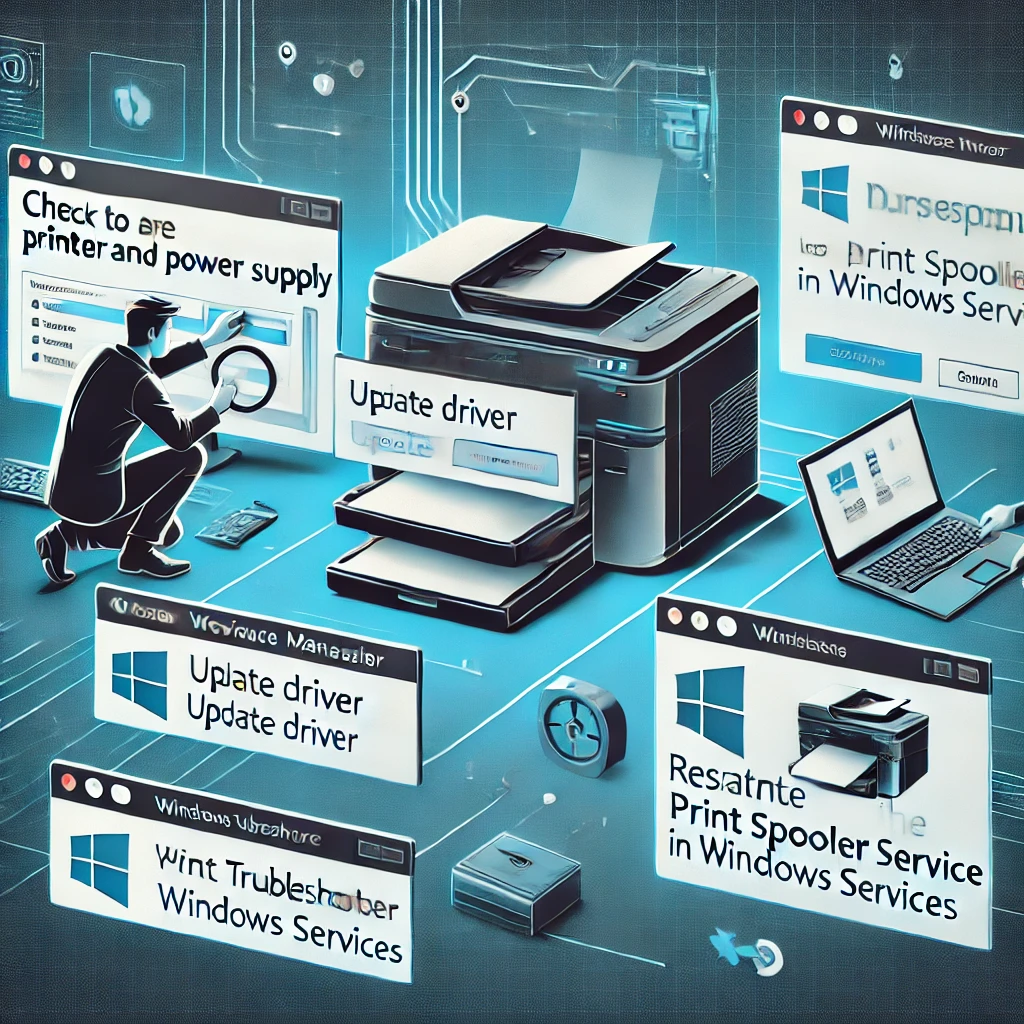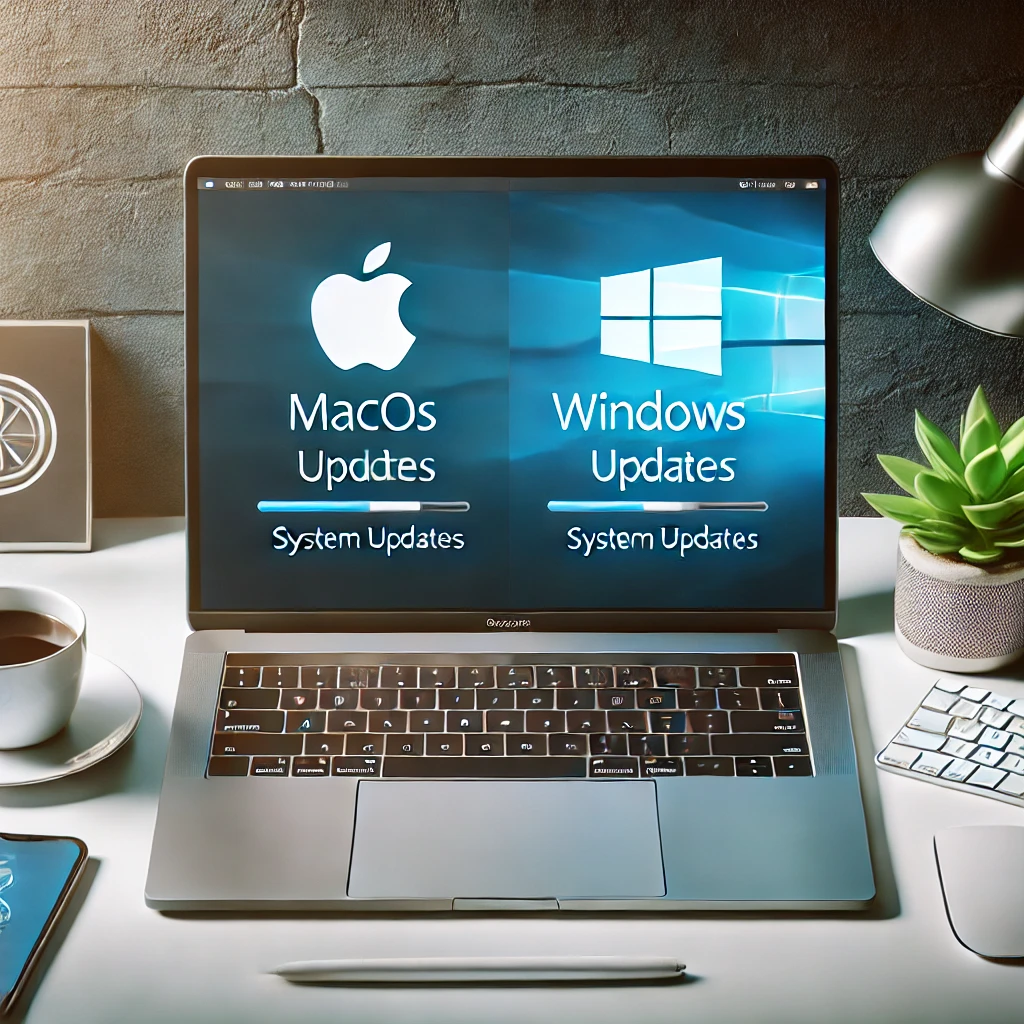Data loss can be devastating, whether due to hardware failure, accidental deletion, or cyber threats like ransomware. To prevent such disasters, backing up data is crucial. Whether you use Windows, macOS, or cloud services, having a proper backup strategy ensures that your files, documents, and media remain safe and easily restorable.
This guide provides a detailed, step-by-step approach to backing up data on Windows and macOS, as well as using cloud storage solutions for maximum security.
Why Should You Back Up Your Data?
Before diving into the backup process, let’s understand why backing up data is essential:
✔️ Protection Against Data Loss – Hard drives can fail, and software crashes may result in lost files. A backup keeps your data safe.
✔️ Ransomware Protection – Cyber threats like ransomware can encrypt your files, making them inaccessible. Regular backups ensure you always have a clean copy of your data.
✔️ Hardware Failures – Over time, HDDs and SSDs wear out, leading to sudden crashes. Backups prevent complete data loss.
✔️ Accidental Deletion Recovery – If you delete an important file by mistake, a backup lets you restore it instantly.
✔️ Seamless Data Migration – If you switch to a new computer, a backup helps restore all your data without hassle.
Now, let’s explore how to back up data on Windows, macOS, and cloud services.
How to Back Up Data on Windows
Windows offers multiple ways to back up your data, ranging from built-in tools like File History and Backup & Restore to third-party solutions.
1️⃣ Using File History (For Windows 8, 10, and 11)
File History is an easy-to-use tool that automatically backs up your files to an external drive or network location.
🔹 How to Set Up File History:
1️⃣ Connect an external hard drive or a USB drive to your PC.
2️⃣ Go to Settings > Update & Security > Backup.
3️⃣ Click on “Add a drive” and select your external storage.
4️⃣ Turn on File History and choose the folders you want to back up.
5️⃣ Windows will now back up your data automatically at regular intervals.
✔️ Advantages:
- Automatically saves new files and changes.
- Allows you to restore previous versions of files.
2️⃣ Using Backup & Restore (For Windows 7, 10, and 11)
This method creates a system image backup that can be restored in case of a system failure.
🔹 How to Create a Backup Using Backup & Restore:
1️⃣ Open Control Panel > System and Security > Backup & Restore (Windows 7).
2️⃣ Click on “Set up Backup” and select an external drive or network location.
3️⃣ Choose “Let Windows choose” or “Let me choose” to select files manually.
4️⃣ Click “Save settings and run backup.”
✔️ Advantages:
- Can create a full system image, allowing a complete recovery.
- Ideal for system crashes and hardware failures.
3️⃣ Using Third-Party Backup Software
Several third-party tools offer advanced backup features beyond Windows’ built-in options.
🔹 Recommended Software:
✔️ Acronis True Image – Full system image backups with cloud integration.
✔️ EaseUS Todo Backup – Simple file and system backups.
✔️ Macrium Reflect – Best for cloning hard drives and disk imaging.
🔹 How to Use Third-Party Backup Tools:
1️⃣ Download and install any of the above tools.
2️⃣ Select backup type (file, disk, or system image).
3️⃣ Choose your storage location (external drive, network, or cloud).
4️⃣ Schedule regular backups for automatic protection.
✔️ Advantages:
- More control over backup frequency and encryption.
- Better compression and cloud integration.
How to Back Up Data on macOS
Apple offers built-in tools like Time Machine and iCloud Drive, making it simple to back up files.
1️⃣ Using Time Machine (Recommended for macOS Users)
Time Machine is Apple’s automatic backup solution that keeps multiple versions of files.
🔹 How to Set Up Time Machine:
1️⃣ Connect an external drive (formatted as macOS Extended).
2️⃣ Go to System Preferences > Time Machine.
3️⃣ Click “Select Backup Disk” and choose your external drive.
4️⃣ Enable “Back Up Automatically” to schedule backups.
✔️ Advantages:
- Automatic incremental backups.
- Easy restoration of deleted files or old file versions.
2️⃣ Using iCloud Drive (For Cloud Backup)
Apple’s iCloud lets you store files online, ensuring accessibility from multiple devices.
🔹 How to Enable iCloud Backup:
1️⃣ Go to System Preferences > Apple ID > iCloud.
2️⃣ Enable iCloud Drive and select files/folders to sync.
3️⃣ Use iCloud.com to access your files from any device.
✔️ Advantages:
- Data is always backed up in the cloud.
- Accessible across all Apple devices.
3️⃣ Using Third-Party Backup Software
If you need more flexibility beyond Apple’s built-in tools, third-party solutions provide additional features.
🔹 Best macOS Backup Software:
✔️ Carbon Copy Cloner – Clones entire macOS drives.
✔️ SuperDuper! – Best for bootable backups.
✔️ Backblaze – Cloud-based backup with automatic uploads.
🔹 How to Use:
1️⃣ Install the backup tool.
2️⃣ Select files, entire disk, or system clone.
3️⃣ Choose backup location (external drive or cloud).
4️⃣ Schedule automatic backups.
✔️ Advantages:
- More customization and security features.
- Faster backup and restore speeds.
How to Back Up Data Using Cloud Services
Cloud backups store data remotely, protecting against hardware failure or disasters.
1️⃣ Best Cloud Backup Services
✔️ Google Drive – Free 15GB storage, integrates with Google services.
✔️ OneDrive – 5GB free, works best with Windows.
✔️ Dropbox – Easy file sharing and sync.
✔️ iCloud – Best for Apple users.
✔️ Backblaze – Unlimited automatic cloud backups.
2️⃣ How to Back Up Data to Cloud Services
🔹 Step-by-Step Process:
1️⃣ Create an Account – Sign up for Google Drive, OneDrive, Dropbox, or iCloud.
2️⃣ Install the Desktop App – Most cloud services offer a sync app.
3️⃣ Select Files to Back Up – Choose folders or set up automatic sync.
4️⃣ Enable Auto-Sync – Files will be updated in real-time.
5️⃣ Access from Any Device – Log in from any device to retrieve files.
✔️ Advantages:
- Data is secure even if your device crashes.
- Access files from anywhere.
Final Thoughts
Backing up data is critical for data security, whether you use Windows, macOS, or cloud services. A combination of local and cloud backups is the best approach.
🔹 Best Strategy for Maximum Protection:
✅ Use Time Machine or File History for automatic backups.
✅ Store critical files on Google Drive, OneDrive, or iCloud.
✅ Create a system image backup on an external drive.
✅ Schedule regular backups to avoid data loss.
By following these steps, you can ensure that your data remains safe and recoverable at all times. 🚀
🔹 You May Like :
🔹 You May Like :
🔗 How to Update Operating System and Drivers in Computer
🔗 How to Secure Your Accounts with Two-Factor Authentication
🔗 Windows User Accounts: How to Setup, Security & Control
![]()





